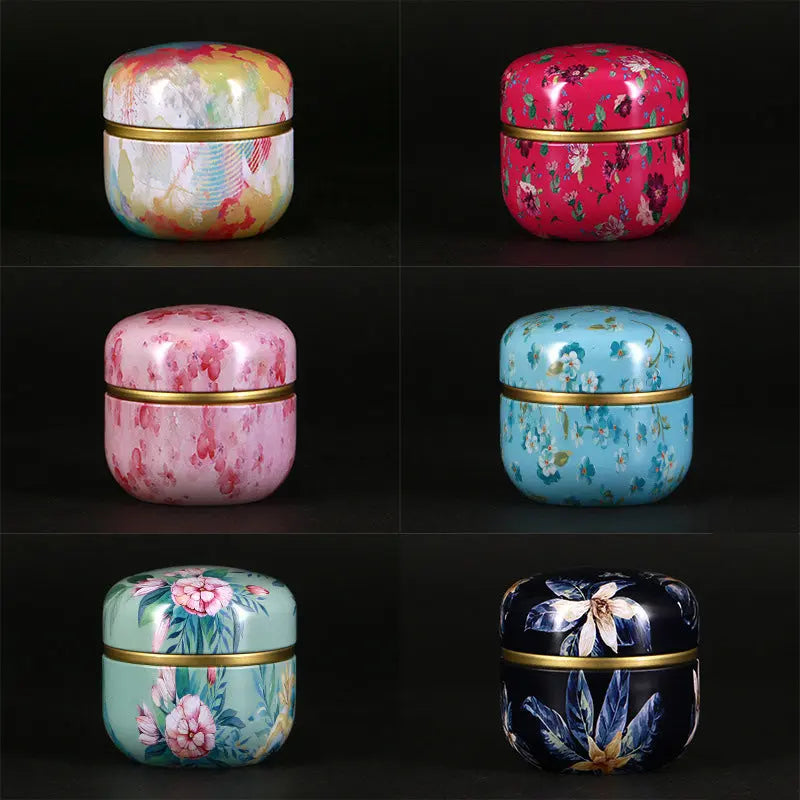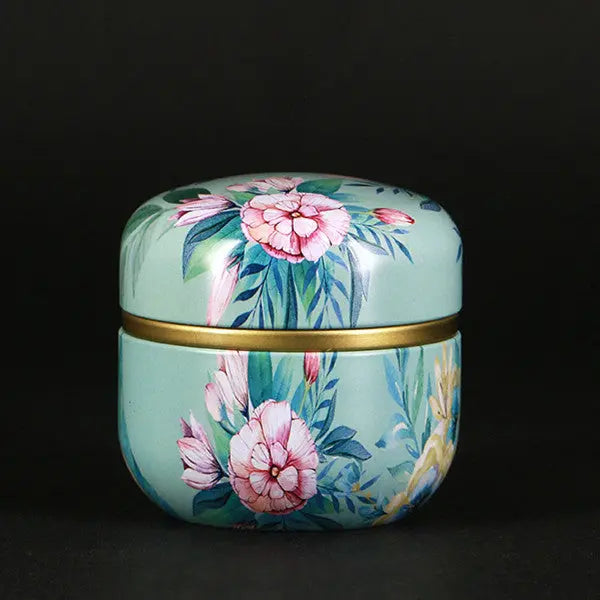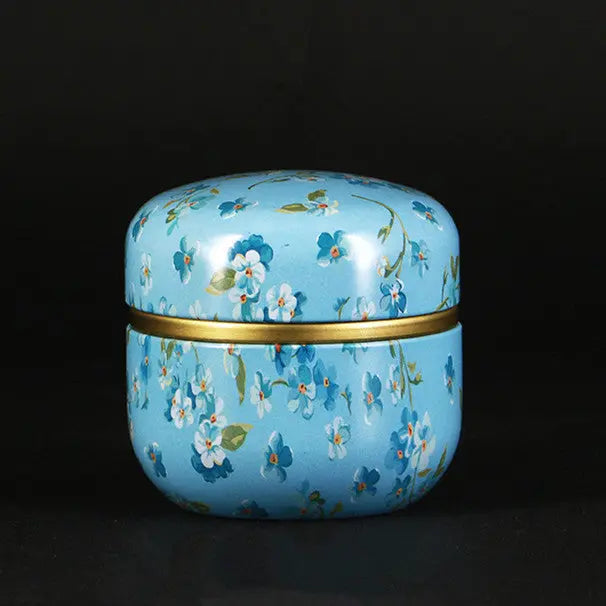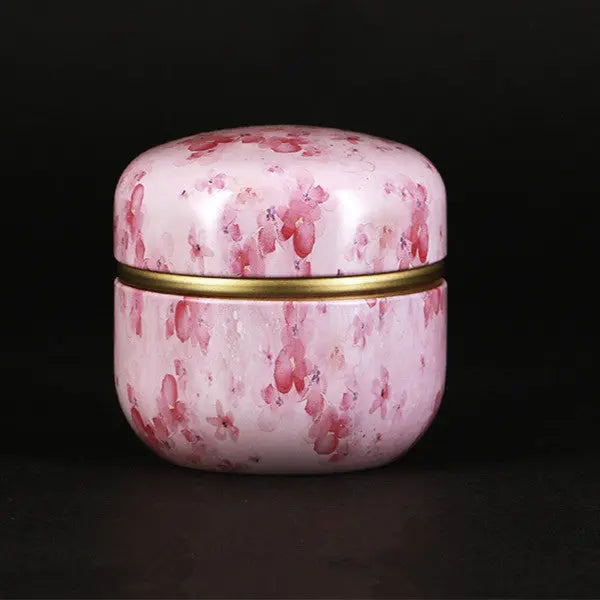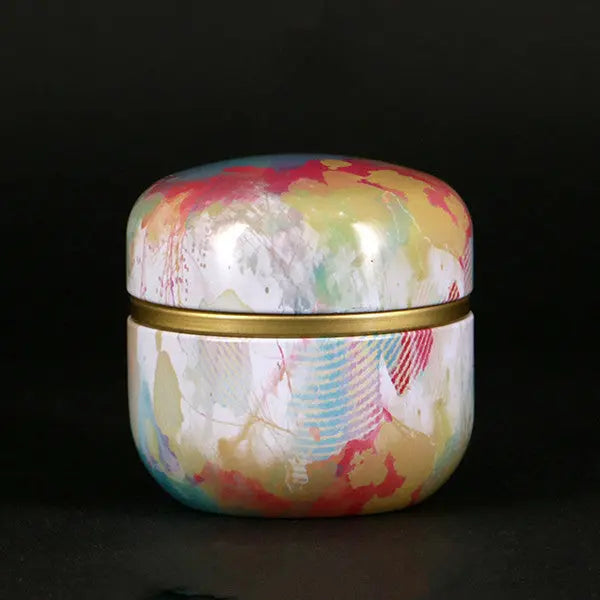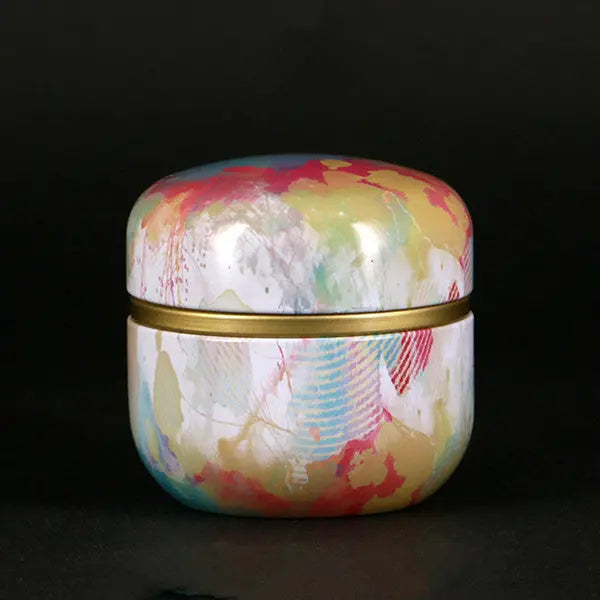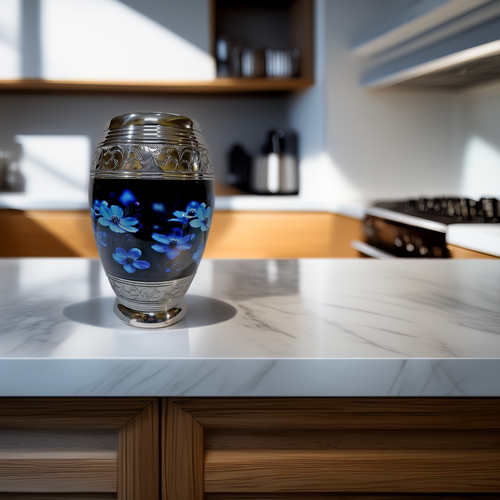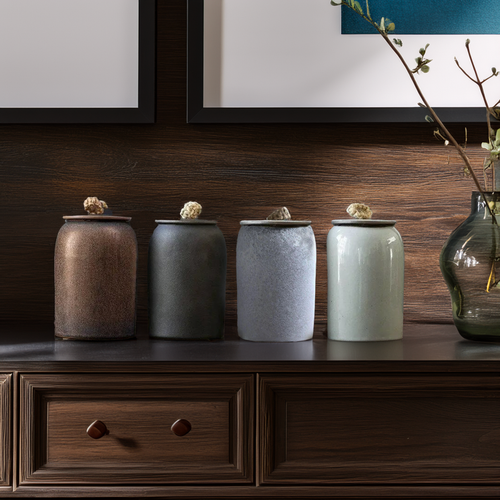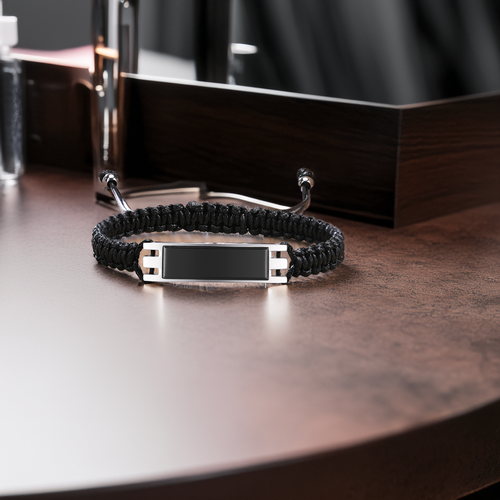Understanding the Purpose of Cremation Urns
The process of saying goodbye to a loved one is a deeply personal and emotionally charged experience. Increasingly, families are choosing cremation as a way of honouring their loved ones. In fact, the National Funeral Directors Association (NFDA) reported that in 2020, the rate of cremation in the United States surpassed that of traditional burials, reaching a staggering 56%. A crucial part of this process involves selecting the right cremation urn, a container designed to safely hold the ashes of the deceased.
An Overview of Cremation Urns
Cremation urns serve a dual purpose—they are both functional and symbolic. Not only do they provide a secure place for the remains of a loved one, but they also serve as a poignant reminder of the individual's life, reflecting their personality, tastes, and passions. The sheer variety of urns available, from simple, minimalist designs to ornate, artistic creations, means that there's an urn to suit every unique individual and family.
The Evolution of Urns
The use of urns is a practice steeped in history, with origins dating back thousands of years to ancient civilizations. Over time, the design, materials, and symbolism of urns have evolved, reflecting cultural shifts and personal preferences. Today, we see an intersection of tradition and innovation, with urns not only crafted from classic materials like wood and metal but also biodegradable materials and modern mediums like glass and ceramics.
The Personalised Touch
Increasingly, people are opting for personalised urns, adding another layer of significance to these already meaningful objects. From engravings to photo displays, there are numerous ways to tailor an urn to embody the essence of the person whose remains it holds.
The Role of Urns in the Grieving Process
Recent studies have shown that the physical act of selecting and personalising an urn can play a significant role in the grieving process. It provides a tangible way for families to express their love and connection to the deceased, facilitating healing and closure.
In the following sections, we delve deeper into the world of cremation urns, exploring their different types, the materials used, the process of personalising them, and their role in different cultural practices. Whether you are preparing for a loved one's final farewell or planning for the future, understanding the purpose and significance of cremation urns can provide comfort and clarity during this journey.
Historical Background of Cremation Urns
The use of cremation urns to store the ashes of the departed dates back to ancient times. Let's delve into the rich history of these vessels, their cultural significance, and how practices have evolved over the centuries.
The Earliest Cremation Urns
The earliest evidence of cremation practices and the use of urns can be traced back to the Neolithic period, around 7000BC, in Eastern Europe. Archaeologists have discovered that these early urns were made from clay and were often decorated with intricate patterns and designs. A study published in the Journal of Archaeological Sciences in 2019 affirmed that the practice of cremation and use of urns was a common ritual in ancient societies.
Cultural Significance Across Civilizations
Different civilizations had unique perspectives and practices related to cremation urns. For instance:
- Ancient Rome: Cremation urns were often elaborately designed and displayed as a status symbol. The Romans even had a special building, the Columbarium, explicitly for storing these urns.
- Chinese Han Dynasty: While burial was preferred, urns were still used to store personal items for the afterlife. The historical narratives of these civilizations provide fascinating insights into the evolution of cremation urns.
Evolution and Modern Practices
Over the centuries, the design and use of cremation urns have evolved significantly:
- In medieval Europe, cremation was less common due to religious beliefs, and urns were used more for decoration or to store valuable items.
- In modern times, the use of cremation urns has seen a resurgence. A 2020 report by the Cremation Association of North America indicated that the cremation rate is now higher than the burial rate, with a wide variety of urn styles available to commemorate loved ones.
Today, cremation urns come in all shapes, sizes, and materials, from traditional ceramic or metal urns to eco-friendly biodegradable options. Many people also choose to personalise urns with engravings or artwork, making each urn as unique as the individual it honours.
Understanding the historical context of cremation urns not only provides fascinating insights into our past but also helps us appreciate the cultural and personal significance of these vessels today. As we continue to navigate our own mortality, the cremation urn remains a poignant symbol of remembrance and respect for our loved ones.
Different Types of Cremation Urns: Materials and Designs
After understanding the historical background of cremation urns, it's time to delve into the different types available today. The wide variety of materials and designs ensures that every individual or family can find an urn that resonates with their preferences and the personality of the departed.
Materials Used in Cremation Urns
Modern cremation urns are made from a wide range of materials. The choice of material often plays a significant role in the urn’s aesthetic appeal, durability, and cost.
- Ceramic or Porcelain: Known for their beauty and intricate designs, ceramic urns are often hand-painted, providing a unique, personalised touch. However, they can be fragile and may require careful handling.
- Metal: Urns made from brass, bronze, copper, and stainless steel are celebrated for their durability and timeless appeal.
- Wood: Offering a natural and warm look, wooden urns are crafted from various types of wood, such as oak, pine, walnut, and cherry, each with its unique grain and colour.
- Biodegradable Materials: Gaining popularity due to environmental consciousness, these urns are crafted from organic materials like paper, sand, or salt, designed to break down over time.
Designs and Styles of Cremation Urns
Cremation urns come in numerous designs and styles, each with a unique story to tell:
- Traditional Urns: Vase-like designs with removable lids, reflecting historical styles.
- Keepsake Urns: Smaller in size, designed to hold a portion of ashes so multiple family members can each have a personal memorial.
- Theme-Based Urns: Reflecting the interests or passions of the departed, such as urns designed for sports fans, nature lovers, or art enthusiasts.
- Custom Urns: Tailored to the family's specific requests, including the deceased's portrait or personal messages.
Choosing the right urn is a deeply personal decision. As one customer from Urns Online expressed, "The urn we chose was not just a container for our loved one's ashes; it was a celebration of their life and personality."
A 2019 study published in the Journal of Thanatology reported that selecting an urn reflecting their loved one's personality brought significant comfort to grieving families.
Choosing the Right Urn: Size and Capacity Considerations
After understanding the variety of materials and designs available for cremation urns, your next step is to choose the correct size and capacity. Just as urns come in an array of styles and materials, they also come in different sizes to accommodate the ashes of a loved one. This part of the selection process is essential to ensure a proper and respectful resting place for your departed loved one.
Understanding Urn Sizes
The size of an urn is typically determined by the weight of the deceased before cremation. As a general rule:
- 1 pound of body weight = 1 cubic inch of ashes.
Thus, an urn for an adult often requires at least 200 cubic inches or more. However, this is only a guideline, as actual results can vary depending on the cremation process.
Our cremation urn size calcualtor can help with this estiamtion.
Jane, a grief counselor, notes:
"Choosing an urn of the correct size is more than just practical. It's a part of the healing process, a way to honour the person's life and memory."
She suggests opting for a larger urn if you're uncertain about the size, as having extra space is preferable to insufficient capacity.
Types of Urns Based on Size
There are various types of urns depending on their capacity:
- Standard-Sized Urns: Designed for a single adult, with a capacity of 200 cubic inches or more.
- Keepsake Urns: Smaller urns holding a small portion of ashes, often around a teaspoonful, allowing several family members to have their own memorial.
- Companion Urns: Intended for two individuals, usually with a capacity of 400 cubic inches, symbolising a shared resting place.
- Infant and Pet Urns: Specially designed for infants or pets, with smaller capacities tailored to their specific needs.
Practical Tips for Choosing the Right Size
Here are some practical considerations when selecting an urn size:
- Location Matters: If the urn will be placed in a columbarium niche, ensure it fits within the allocated space. Columbarium niches often have specific size requirements.
- For Scattering Ashes: If you plan to scatter the ashes, consider a biodegradable urn designed for this purpose. These urns can hold the ashes temporarily and decompose naturally when buried or placed in water.
- Consult the Crematorium: Ask the crematorium for guidance on the amount of ashes, as this can vary based on the individual and the cremation process.
Choosing the right urn size and capacity is an emotional process that requires careful thought. By understanding the different options available, you can ensure that you select an urn that appropriately honours your loved one's memory while providing a lasting tribute.
Cultural and Religious Perspectives on Cremation Urns
Cremation urns hold a significant role not only in personal memorialisation but also in various cultural and religious practices worldwide. This section explores the diverse perspectives and interpretations of these urns across different cultures and religions.
Cultural Significance Around the Globe
Throughout history, cremation urns have been deeply intertwined with cultural traditions:
- Japan: The Buddhist tradition requires a specific type of urn known as a kotsutsubo, meticulously crafted with exquisite detail to house the spirit of the deceased.
- Ancient Rome: Cremation urns, called cinerary urns, were made of marble, bronze, or pottery, often decorated intricately to reflect beliefs in the afterlife.
- Native American Tribes: The Hopi, for example, use urns as sacred vessels, symbolising the circle of life by returning the deceased to the earth.
Religious Interpretations
Religious practices and beliefs significantly influence the use of cremation urns:
- Hinduism: While ashes are typically dispersed in a holy river, some families choose to keep a small portion in an urn as a keepsake.
- Catholicism: The Vatican has recently embraced cremation, but the Catholic Church requires that urns be treated with dignity and not divided or scattered. They should be stored in a sacred place, such as a cemetery or columbarium.
Key Considerations and Practical Tips
When selecting a cremation urn, consider these cultural and religious factors:
- Respect Cultural Norms: Understand and honour the customs of your loved one’s culture or religion. Consulting with religious leaders or cultural experts can provide valuable insights.
- Symbolism Matters: Choose designs or symbols that hold special significance in the deceased’s faith or cultural background.
- Research Before Purchasing: Ensure the urn aligns with any religious or cultural guidelines regarding its design, size, or material.
In conclusion, the choice of a cremation urn is deeply personal and laden with cultural and religious undertones. While the process can be emotionally taxing, understanding these perspectives can guide you in honouring your loved one in a meaningful and respectful way.



